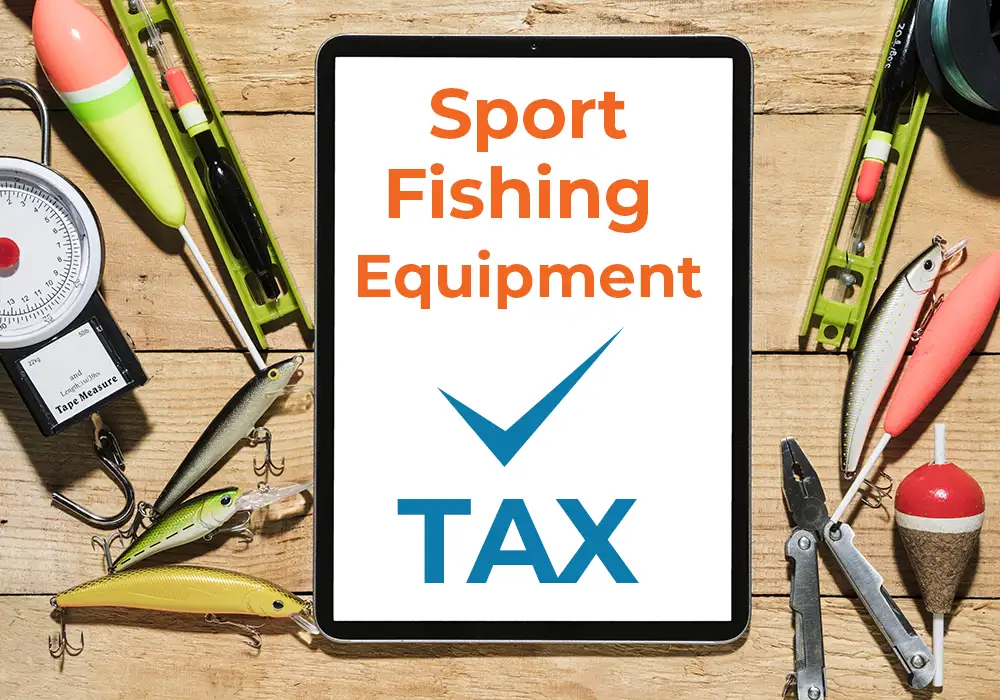Skip the hassle of Sport Fishing Equipment Excise Tax calculations and claims
- let our Simple 720 Online Portal take care of it for you!
- No Software Download
- 24/7 Expert Support.
- No Software Download



What is Sport Fishing Equipment Tax?
It's a federal excise tax imposed on certain fishing gear (like rods, tackle, and kits), paid at the first point of sale usually by the manufacturer or importer and established under the Dingell–Johnson Act to fund conservation and fishery management programs.
Sport fishing equipment including fishing rods and poles(have certain limits) is taxed at 10% of the sales price; electric outboard motors and fishing tackle boxes have a 3% excise tax
Who pays the Sport Fishing Equipment Tax?
The manufacturer or importer of Sport Fishing Equipment remits the tax to the IRS initially, but this cost is passed down through wholesalers and retailers, ultimately being included in the retail price paid by consumers.




Affordable and Efficient!
I was pleasantly surprised by how budget-friendly Simple720 is. The filing fee was much low and the entire process was seamless. Definitely the best value for excise tax filing
Truly Simple to Use!
As their name says—Simple720 really is simple! The portal’s navigation was incredibly easy to follow, even for someone not very tech-savvy. I completed my filing in minutes without needing any help.
